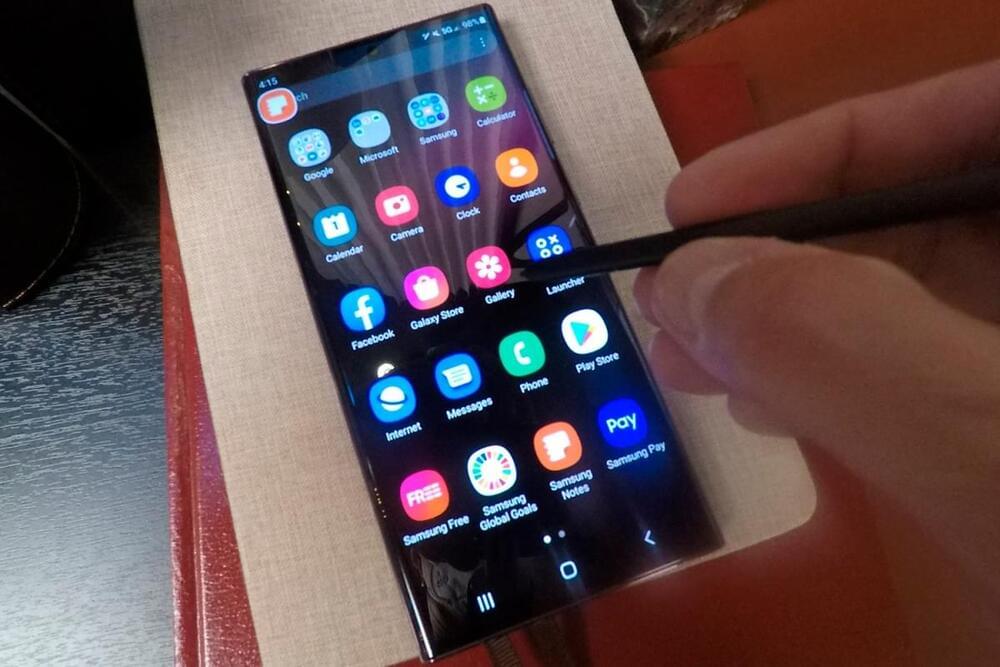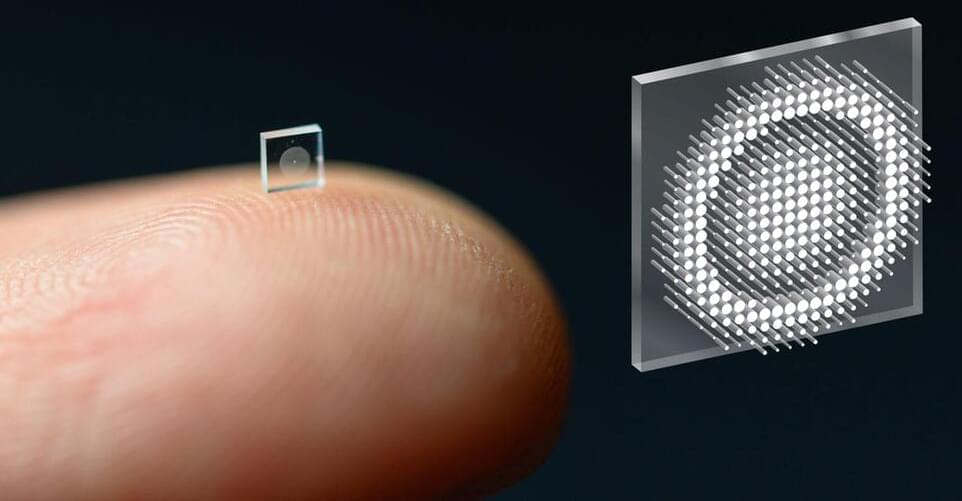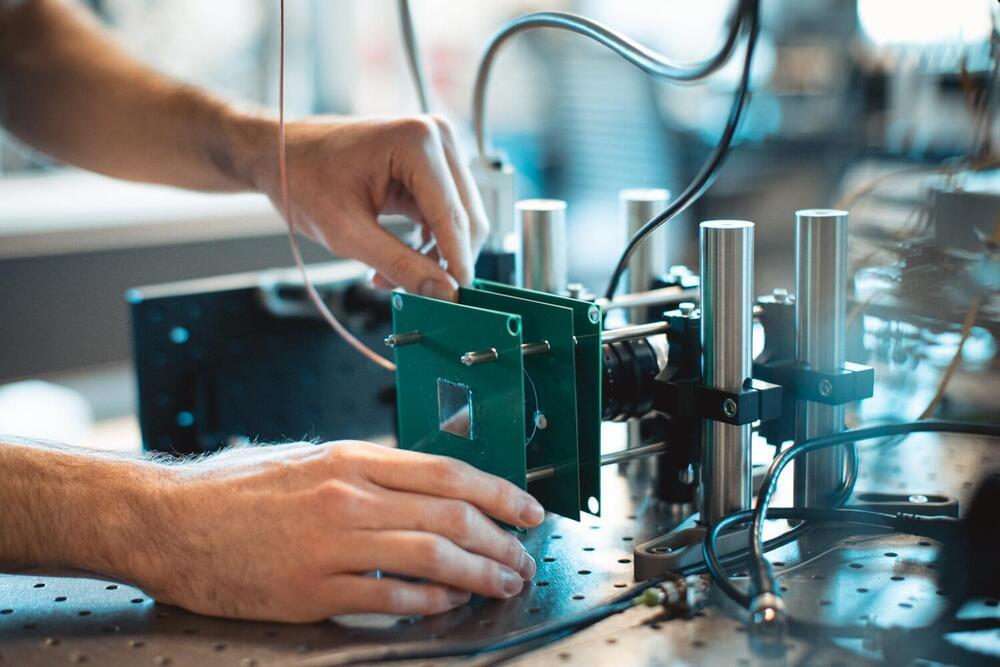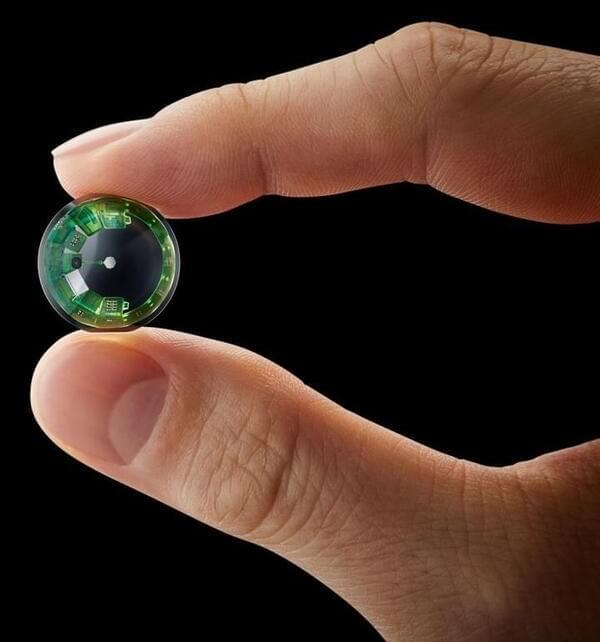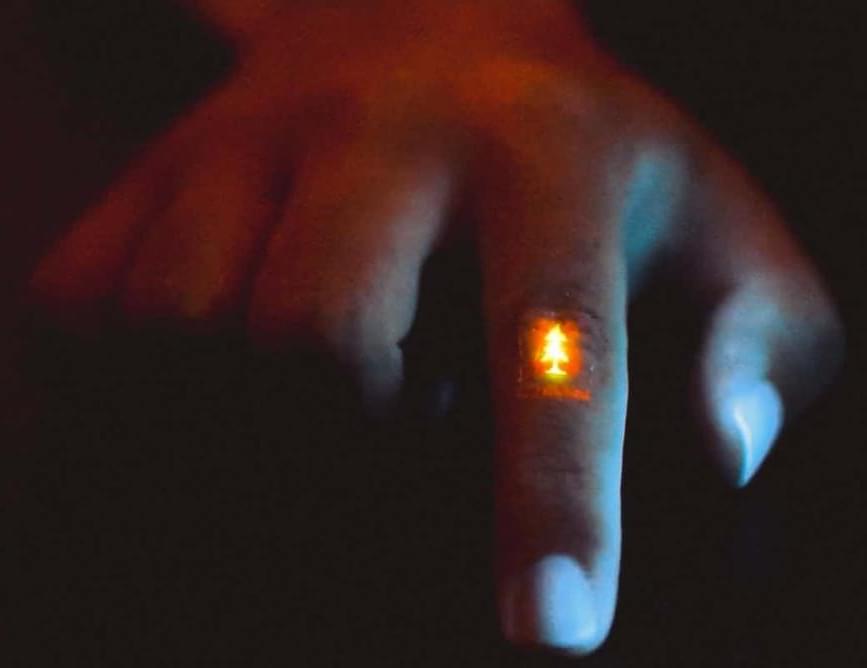Apr 13, 2022
3D printing smart clothes with a new liquid metal-alginate ink
Posted by Shubham Ghosh Roy in categories: 3D printing, mobile phones
In the future, smart clothing might monitor our posture, communicate with smartphones and manage our body temperature. But first, scientists need to find a way to cost-effectively print intricate, flexible and durable circuits onto a variety of fabrics. Now, researchers reporting in ACS Applied Materials & Interfaces have developed a conductive 3D printing ink made of liquid metal droplets coated with alginate, a polymer derived from algae.
Conventional electronics are rigid and unable to withstand the twisting and stretching motions that clothing undergoes during typical daily activities. Because of their fluid nature and excellent conductivity, gallium-based liquid metals (LMs) are promising materials for flexible electronics. However, LMs don’t stick well to fabrics, and their large surface tension causes them to ball up during 3D printing, rather than form continuous circuits. Yong He and colleagues wanted to develop a new type of conductive ink that could be 3D printed directly onto clothing in complex patterns.
Continue reading “3D printing smart clothes with a new liquid metal-alginate ink” »


